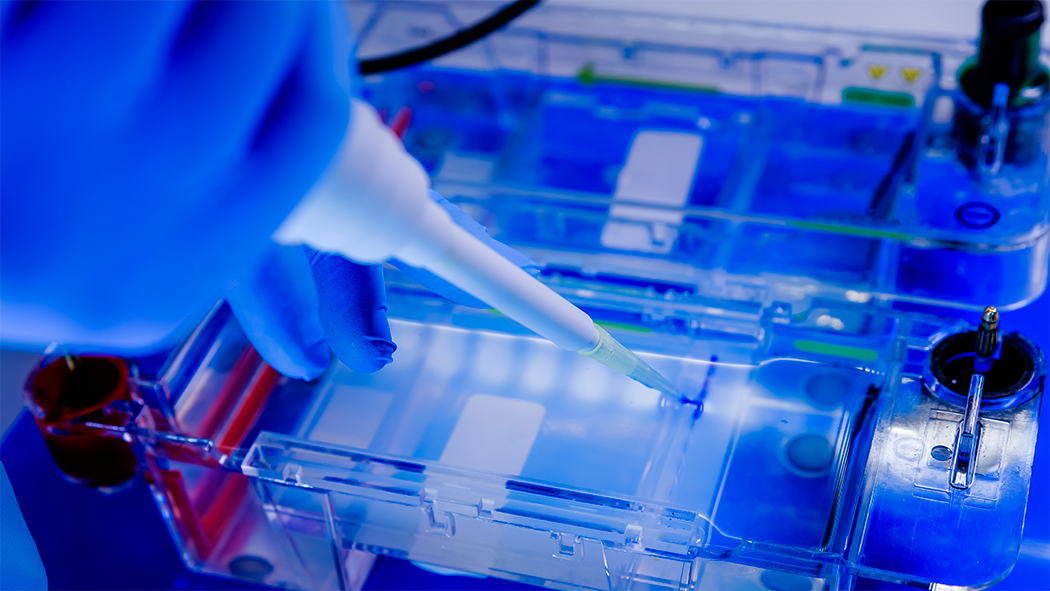What role does agarose play in genetic studies?
Tue, 09/04/2024 - 13:40
Genetics and its applications in the study of evolution and in establishing relationships between individuals have been advancing over time. While traditional methods relied on sequencing all the DNA to determine lineage, the Polymerase Chain Reaction, better known as PCR, allows us to obtain that information in just a few hours.
When studying the relationship between two individuals, we must consider that 99.9% of their DNA will be the same just by virtue of belonging to the same species. However, interspersed within the DNA strands, we can find small fractions known as hypervariable regions that show significant differences between different individuals as long as they are not related.
During PCR or Polymerase Chain Reaction, this enzyme can transcribe or create millions of copies of these hypervariable regions to study them in detail, for example, by discriminating them by size.
This is where the technique of agarose gel electrophoresis comes into play, widely used in all molecular biology laboratories.
Agarose is an extract from algae that, when dissolved, forms a gelatinous matrix. The dissolution is carried out in a liquid medium of water/buffer by heating, and once dissolved, it is poured into a mold into which a comb has been introduced, so that when the agarose matrix is formed, small wells called "wells" remain. Each DNA sample to be analyzed is placed in a well.
Subsequently, the gel is subjected to an electric field, causing the negatively charged DNA to migrate towards the positive pole. During this migration, the gel acts as a microscopic sieve, allowing smaller DNA fragments to move quickly, while larger ones get stuck and migrate more slowly through the agarose matrix. After the necessary time has elapsed, the result is visualized using an ultraviolet light lamp, which allows visualizing the separated DNA fragments due to the sieving effect of the agarose gel. Fragments closer to the point of charge will be larger and those further away will be smaller, having moved faster.
The analysis of these fragments, their migration, their size, and the comparison between the different samples analyzed provide valuable information, such as determining if there is a relationship between the two individuals mentioned.

